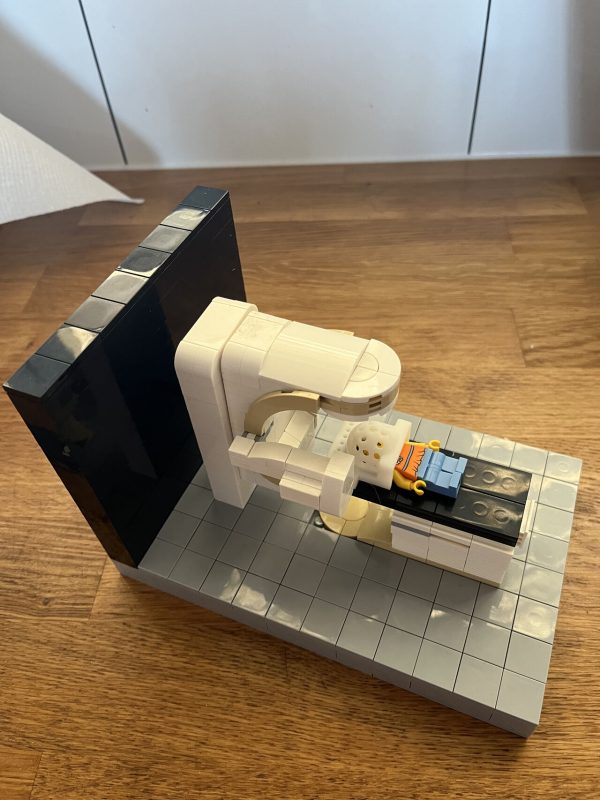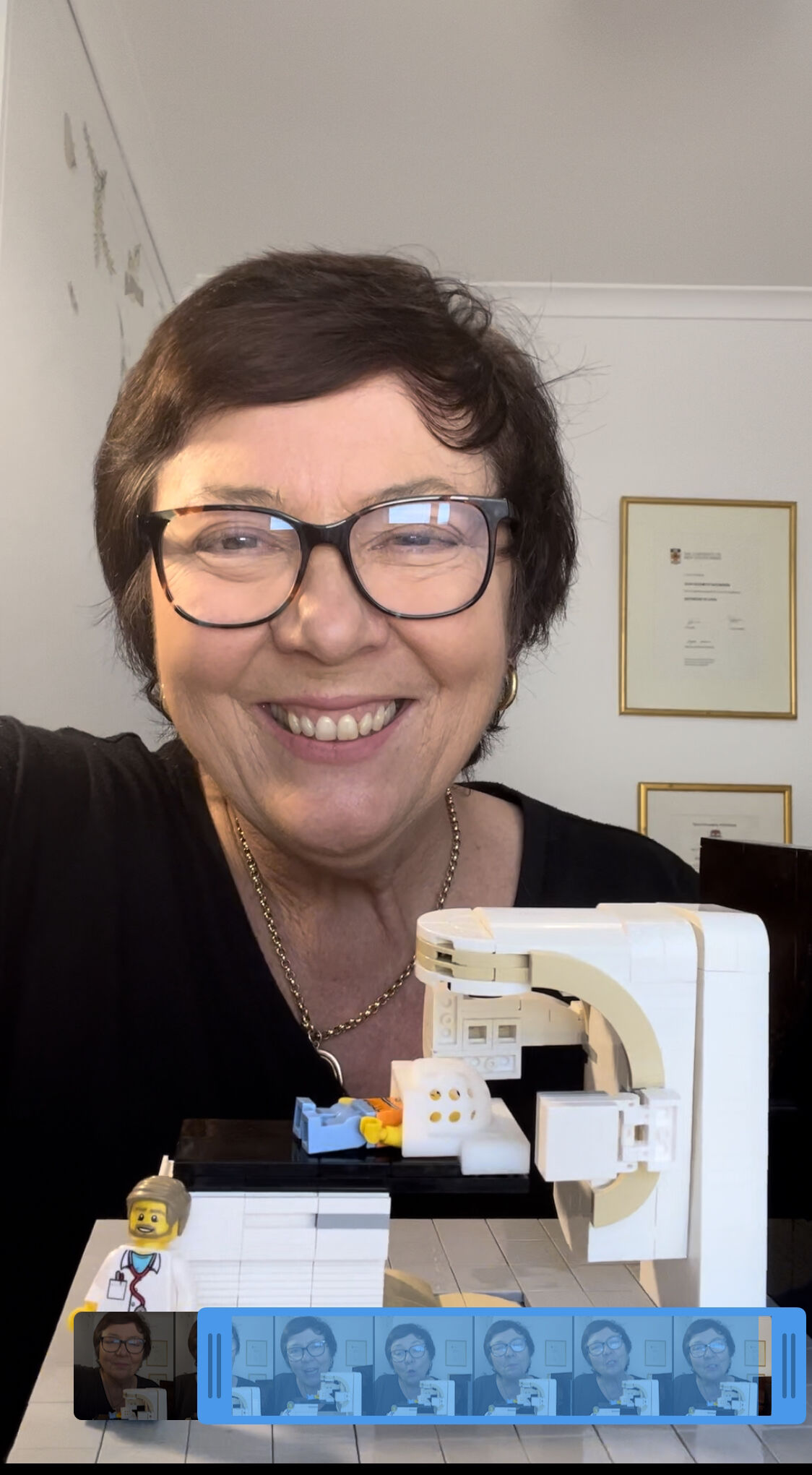Julie McCrossin, Broadcaster, MC, and Cancer Advocate, made the following post on LinkedIn:
“Model LINACs Patient and Family Education.
Since I was successfully treated for Stage 4 Throat Cancer ten years ago, I have advocated for the use of Model LINACs (Radiation Therapy Machines) to show patients & their families what the treatment looks like. I got a traumatic shock in the first of my 33 sessions because I hadn’t seen what was involved & I wasn’t psychologically prepared.
Families need to see the model too because most radiation patients are outpatients. Family members or carers need to understand what is involved so they can support us emotionally.
Multidisciplinary cancer team members I talk to about this all agree it is a great idea. But very few radiation teams actually do it.
Here are my thoughts on what would make the use of Model LINACs for patient & family education successful.
1. Simplicity of model.
2. Ease of construction.
3. Robustness of model.
4. Reliable supply chain for additional models that your company or cancer centre controls.
5. Genuine support from champions for the concept by multidisciplinary thought leaders in your organisation at all levels of seniority.
6. The model does not need to be an exact representation of the latest LINAC. It’s purpose is to communicate visually to patients what a LINAC looks like in broad terms, where the patient lies on the machine, what the mask looks like & how it is worn while treatment is delivered, for those patients who need to wear the mask.
I’m sharing the lessons I’ve learnt so far.
A reminder that Medical Models are commonly used in other parts of health.”

For details click here.
Source: Julie McCrossin/LinkedIn
